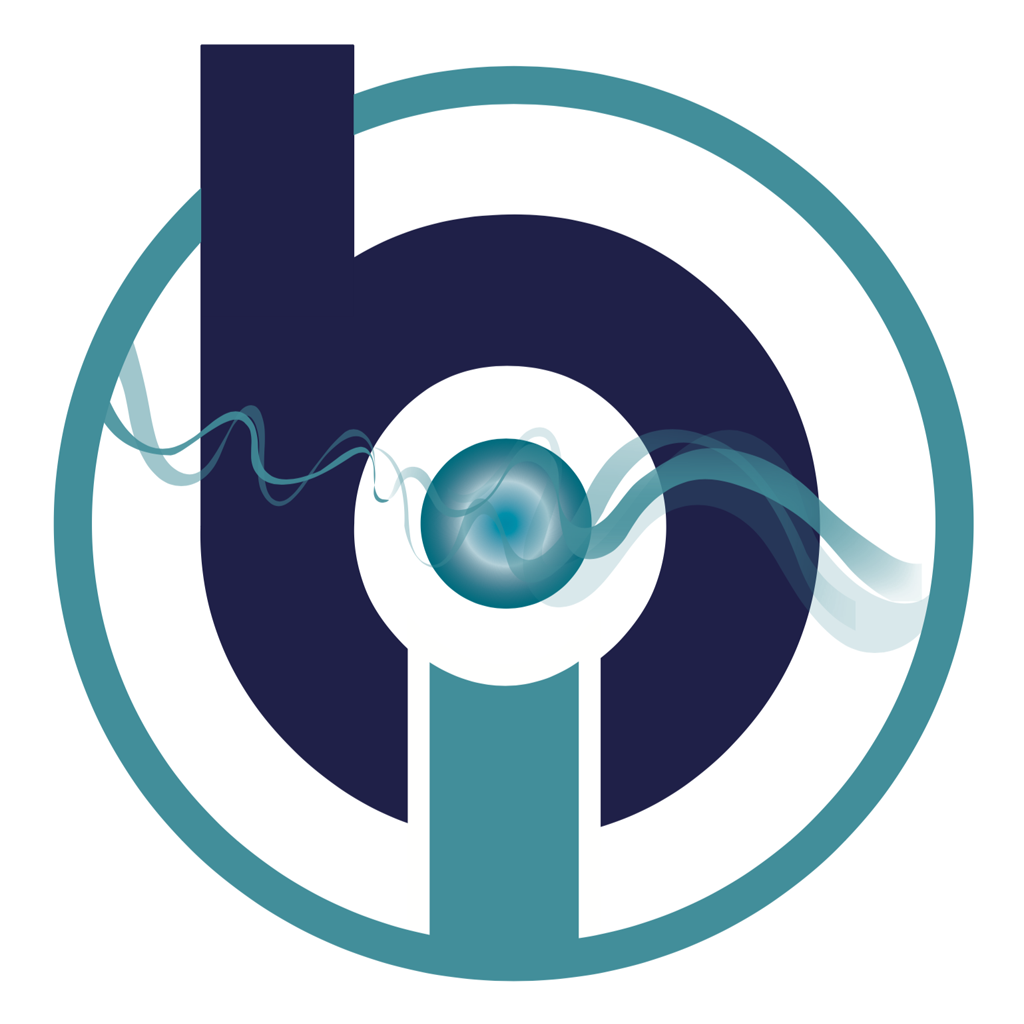Trigeminal neuralgia is a relatively rare condition. The disease is also known as tic douloureux and results in chronic pain that affects various parts of the patient’s head. Trigeminal neuralgia is caused by an issue that affects the 5th cranial nerve, also known as the trigeminal nerve, hence the name “Trigeminal neuralgia.” This particular nerve is widely spread throughout a patient’s head, which is why pain caused by the condition can be felt in the face, as well as other regions of the face.
While several treatments have been suggested for use in the management of Trigeminal neuralgia, it should be noted that no cure has yet been identified. Recent studies have started to look at how Bioresonance therapy may be a useful addition to a patient’s treatment plan to reduce the frequency and severity of attacks caused by the condition.
Symptoms Of Trigeminal Neuralgia
The symptoms caused by the presence of Trigeminal neuralgia tend to defer from one patient to the next. Some patients experience extremely severe symptoms, while another patient may rather experience the symptoms at a lower intensity level. It is also important to take note that there are two primary types of Trigeminal neuralgia – and they each have their own way of causing symptoms and complications in an affected patient.
The two types of Trigeminal neuralgia, along with their symptoms, include:
- Typical Trigeminal Neuralgia – Also called “TN1” and “Trigeminal Neuralgia Type 1”, this form of the condition tends to cause more severe symptoms. Patients with typical trigeminal neuralgia tend to experience sudden episodes of pain and related symptoms. These episodes often only last for a couple of seconds, but some patients may experience the episode for up to two minutes at a time. In some cases, multiple attacks may follow each other. With typical Trigeminal neuralgia, the patient will usually experience a burning sensation or a shock-like sensation in their face.
- Atypical Trigeminal Neuralgia – Known as “TN2” or “Trigeminal Neuralgia Type 2”, most patients with this type will not experience symptoms as severe as with the first type. It should, however, be noted that some patients may experience symptoms associated with both type 1 and type 2 of the condition. With type 2, the patient will usually have pain that is more chronic than acute. In addition to facial pain, aches and a burning sensation may also sometimes be present.
Risk Factors And Causes Of Trigeminal Neuralgia
There are various potential causes that may lead to the development of Trigeminal neuralgia. In many cases, a blood vessel may push against the specific nerve. This leads to compression of the nerve and eventually causes the myelin sheath, a protective layer that surrounds the nerve, to wear away.
Trigeminal neuralgia is also an issue that patients with multiple sclerosis may experience. Additionally, in some cases, a tumor may also cause compression of the nerve and lead to the described symptoms.
Being older than 50 is considered a risk factor for Trigeminal neuralgia as well.
Treatment Options For Trigeminal Neuralgia
Even though there is no complete cure for Trigeminal neuralgia, researchers and medical experts have developed a number of potential treatment options for patients with the condition. Certain types of medication may be provided to the patient. This may include the use of anticonvulsant medication, as well as tricyclic antidepressants. It should be noted that in most cases, the use of opioids and analgesic medications are not advised, as these do not tend to be useful in alleviating pain associated with the condition.
Certain types of surgical procedures may also help to relieve the severity, as well as the frequency of episodes experienced by patients with Trigeminal neuralgia. This may include balloon compression, a glycerol injection, and radiofrequency thermal lesioning.
Bioresonance Therapy In The Management Of Trigeminal Neuralgia
A recent study announced that Bioresonance therapy might hold the potential to assist in the management of patients with Trigeminal neuralgia. Bioresonance therapy reads the electromagnetic waves and vibrations in the human body to detect potential issues in certain parts of the patient’s body. The idea behind the interest in Bioresonance is to use the vibrations imposed by the technology to “resonate” or to restore the normal frequencies within the region where the trigeminal nerve is located. When the nerve is taken closer to the vibration level and frequency of its natural state, it is believed that the condition can be effectively managed.
Conclusion
Trigeminal neuralgia can sometimes lead to severe pain in the face, head, and related structures, to the point where it may interfere with a person’s normal functionality. While treatment options are currently limited for this condition, new advancements are being made to assist in reducing the effects of the disease. Bioresonance therapy is now a suggested therapeutic model that scientists are taking an interest in possible to assist patients in the management of the condition.


